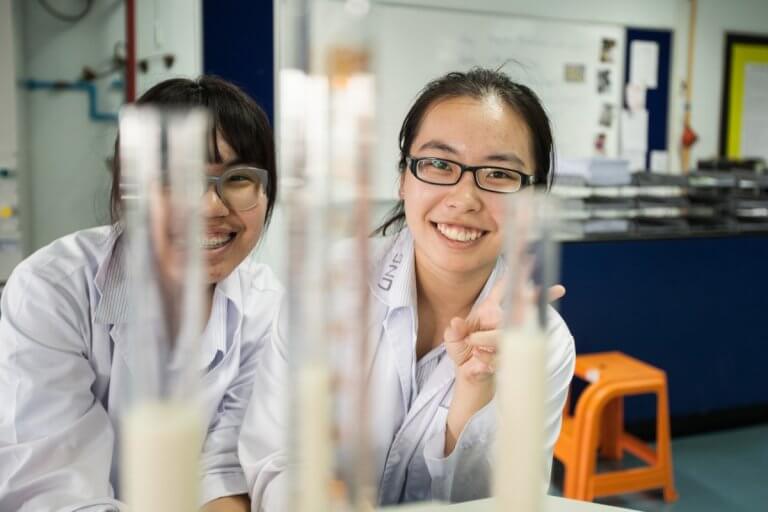
From agriculture to biology, nursing to pharmacology, veterinary science to psychology – the fields of life science and medicine are diverse and integral to our world.
Life science graduates can be found in all manner of professions; exploring and experimenting to enhance our understanding of genetics, assisting in the diagnosis and treatment of diseases, or applying specialist knowledge to manage and protect the environment and build a sustainable world.
A career in this discipline could lead you to the hospital lab, medical clinic, pharmaceutical company, specialist clinical research institution or even further into the academic realm. But of course, that all depends on your chosen specialisation.
Your journey to success begins with a world-class education. Here, we round up the top 5 on the globe, based off the QS subject ranking for Life Sciences and Medicine 2019.
View this post on Instagram
Barack Obama, Bill Gates and Natalie Portman call Harvard their alma mater, and as an institution that ranks 3rd in the QS global ranking, it’s no wonder Harvard has long been a household name.
The Harvard Integrated Life Sciences (HILS) programme takes a collaborative, interdisciplinary approach to biology, offering 14 life science PhDs and subject areas that cross four university faculties.
But one of the greatest perks of pursuing life sciences here lies in the access to Harvard’s world-class amenities. From the Center for Nanoscale Systems to the Harvard University Herbaria, the Translational Cancer Imaging Facility and beyond, Harvard’s elite academics and facilities support some of the world’s most impactful break-throughs.
Known as the most ancient university in the English-speaking world, this institution’s reputation is one that resonates around globe.
Oxford caters to every fascination in this compelling field, offering courses in chemistry, earth sciences, physics, plant science, zoology and more. There’s also the Life Sciences Interface Doctoral Training Centre (LSIDT), a four-year D.Phil. programme that provides comprehensive training in the application of mathematical, physical, computational and engineering science techniques to produce powerful research in biomedical and life sciences.
According to QS, Oxford is home to a total 22,000 students, around half of whom are undergraduate and 40 percent are international. It’s a melting pot of culture with a rich history that makes every day of study more exciting than the last.
Ranked 6th in the world in this year’s QS rankings, the University of Cambridge is driven by a mission to contribute to society through the pursuit of education, learning and research at the highest level of excellence.
Here, students master the subject in one of the institution’s many dedicated schools, including the School of Biological Sciences, the Centre for Law, Medicine and Life Sciences and the Graduate School of Life Sciences (GSLS).
The GSLS was established back in 2000, built to guide the education and career needs of graduate life sciences students at Cambridge.
Ranked 2nd in the world in this year’s QS ranking and an institution known to have taught the likes of John Steinbeck, Jennifer Connelly and Elon Musk, Stanford has well and truly made its mark on the education stage.
Part of its Programme in Science, Technology, and Society, the university hosts a number of approved courses in Life Sciences and Health. With modules that include Women and Medicine in US History, Conservation Biology and Medical Anthropology, Stanford’s unique and comprehensive offerings cover every aspiring scientist’s thirst.
“New developments in biomedical and life sciences produce new possibilities for humanity, while also challenging earlier previous standards of health, life, species, knowledge, rights, ethics, and law,” the faculty website notes.
Located in Baltimore, Maryland, Johns Hopkins University was founded in 1876, standing as the first ever research university in the United States. The university has been a known trailblazer ever since.
Here, you can delve into high-end research at the Institute for Basic Biomedical Sciences; explore basic, applied and lab science through a programme in Biotechnology; or generate and disseminate new knowledge in biological chemistry.
According to QS, Johns Hopkins spans 10 divisions on campuses in Maryland and Washington DC, with international branches in Italy, China and Singapore. It consistently ranks within the top 10 universities in the US, also standing among the major players in higher education worldwide.







